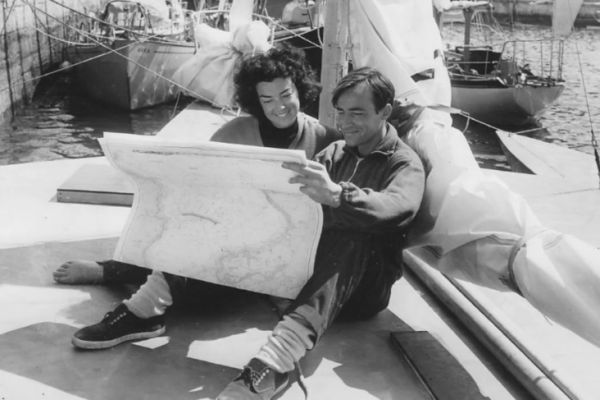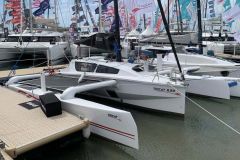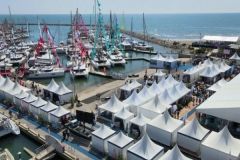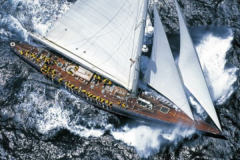Rural origins
Derek Kelsall was born into a modest family in Wales on May 15, 1933. His father, a farm worker, and his mother, a teacher, instilled in him traditional values. As a student, he entered the University of Bristol, but was unable to complete his studies due to lack of funds.
As part of his military service, he was deployed for a full year in Kenya. Upon his return, he entered the oil industry and was hired by BP.
After starting his career in the Persian Gulf countries, he was sent to an operation in Texas.
A transatlantic race with his first multihull

It was during this period, in the Caribbean Sea, that Derek learned how to build and sail multihulls. For the first time in his life, he had the money to become a skipper and built a 35-foot plywood trimaran which he named Crazy . Designed by Arthur Piver, this trimaran is rigged as a ketch and is not equipped with ballast, which was the norm at the time.
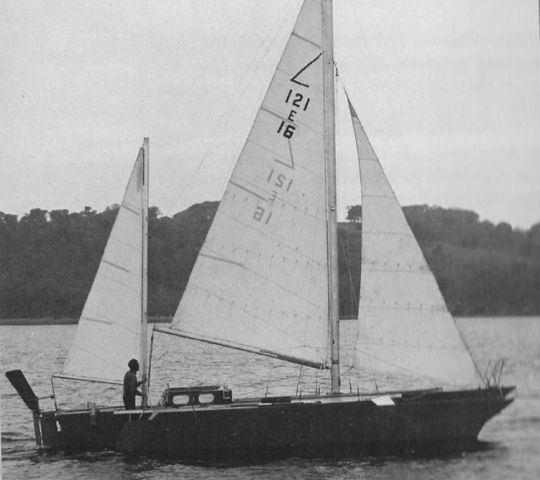
Then on a whim, and supported by his young wife Clare, Derek signs up for the 2 e edition of the English Transat in 1964 and took the start of the famous transatlantic race between Plymouth and Newport. He found himself alongside competitors such as Francis Chichester and Eric Tabarly, who mentions him in his memoirs as a " an attractive engineer, whose trimaran can create a surprise downwind through the trade winds.

Thanks to favorable conditions, Folâtre got off to a good start, but broke his rudder after five days of racing. After repairing in Plymouth, Kelsall took to the sea again and completed the journey in 34 days, while Tabarly crossed the finish line as the winner after 27 days at sea.
The pioneer of the oceanic trimaran
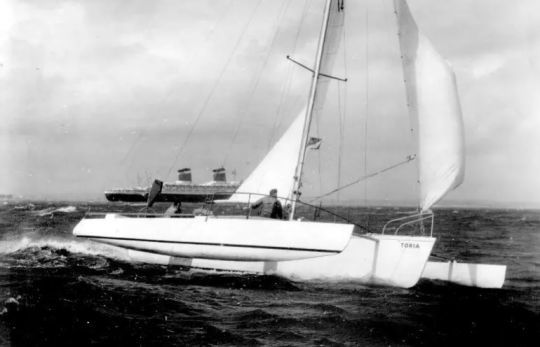
Convinced of the merits and potential of a multihull in an ocean race, Kelsall used his engineering background to design Toria a 45-foot trimaran. A visionary, Derek brought to his multihull a plethora of innovations that would inspire ocean racing for decades.
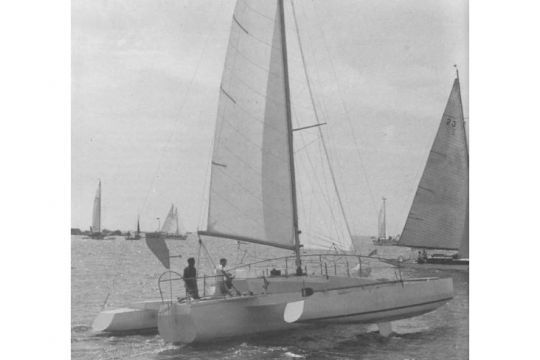
Built in a sandwich construction on an Airex foam base, Toria has long, bulky floats, connected to the central hull by two parallel arms. Its wetted surface is reduced, as it sails on two hulls when under sail. The microcosm of ocean racers was skeptical at the launch of Toria the monohull is still preferred in European culture.
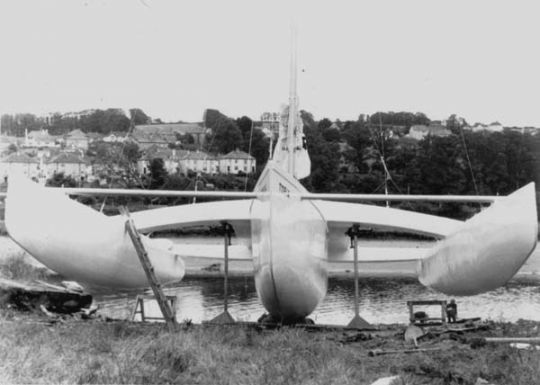
Tabarly is invited by Derek to sail on Toria during a delivery trip to the south of England. On his return to France, Tabarly was amazed by the performance of the English trimaran and began designing Pen Duick 4. But for reasons of culture and cost, he turned to the French architect André Allègre to design this 68-foot aluminum trimaran. Kelsall will regret for a long time not to have been solicited for this innovative project.
The foam sandwich construction technology developed by Kelsall interested Sir Thomas Lipton, who asked him to build a 60-foot monohull to compete in the 1968 Ostar. Due to several breakdowns, Derek finished in 5th place e place in this edition, which was won by Sir Thomas Lipton. Tabarly and his Pen Duick 4, victim of a collision with a cargo ship, had to turn back.
1970-1980: the rise of the racing trimaran
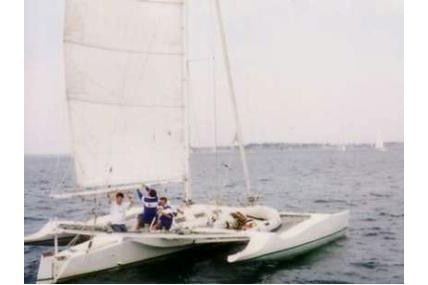
In the early 1970s, Derek had further success in trimaran design, with the launches of Toria Triffle , Three Legs of Mann and Trumpeter who shine in Anglo-Saxon regattas. In 1973, he built for Chay Blyth the Great Britain 2 which is the largest composite boat of its time.
In the 1980s, all ocean racers turned to the trimaran. The projects flowed in this race for innovation, mostly taken over by Breton skippers.
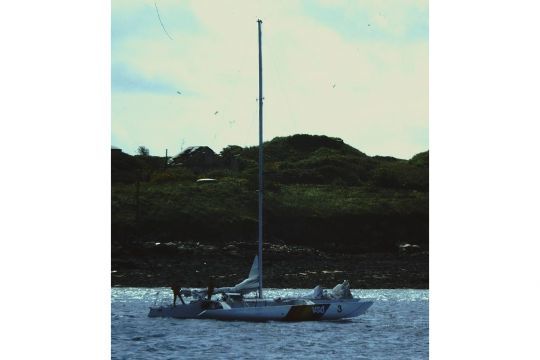
Faced with the control of the "froggies", Kelsall designed a 52-foot trimaran, VSD with which Eugène Riguidel and Gilles Gahinet won the double-handed Transat Lorient-Les Bermudes-Lorient in 1979, ahead of Marc Pajot and �ric Tabarly.
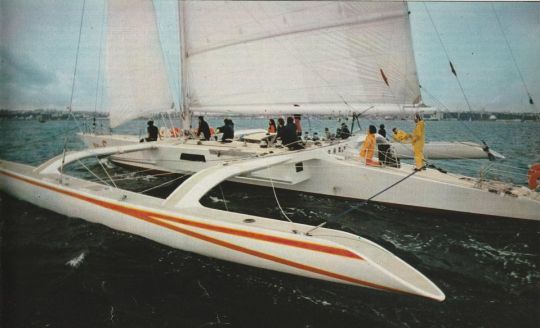
On the strength of this success, Riguidel maintained his confidence in the English architect by ordering a giant 93-foot trimaran from him, William Saurin, which is the largest trimaran in the world at its launch.
A career in yachting
Afterwards, Derek Kelsall left the microcosm of ocean racing to concentrate on the design of pleasure boats. He designs numerous cruising yachts and multihulls.
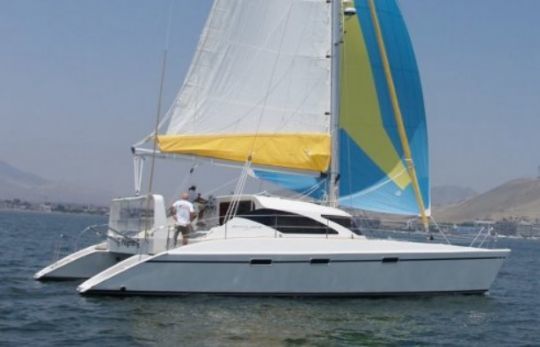
He developed a shipbuilding technique, KSS for Kelsall Swiftsure Sandwich, which consists of cutting flat composite panels instead of shaping them, thus improving shipyard productivity. This technique has been used to build small ferries and cruising yachts, as well as mass-produced models such as the Space 55, Suncat 40 and Islander 39, and larger models such as the 70-foot My Way.
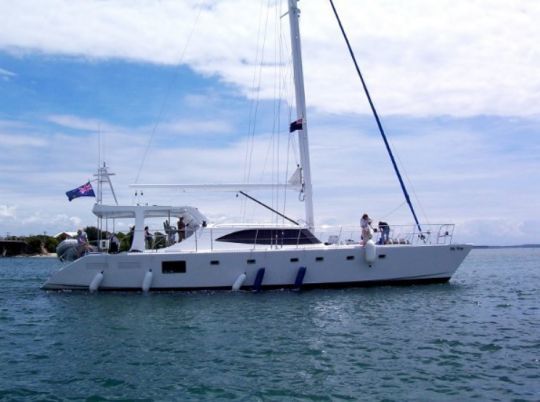
An active retirement at the kiwi's
After the death of his wife Clare, Derek travels to New Zealand in the 90's to follow the construction of a 72 foot catamaran. Falling in love with the country, he decided to settle there and continue his activity as a ship designer. He will give his last strokes of the pencil there before disappearing at 89 years old on December 11, 2022.
